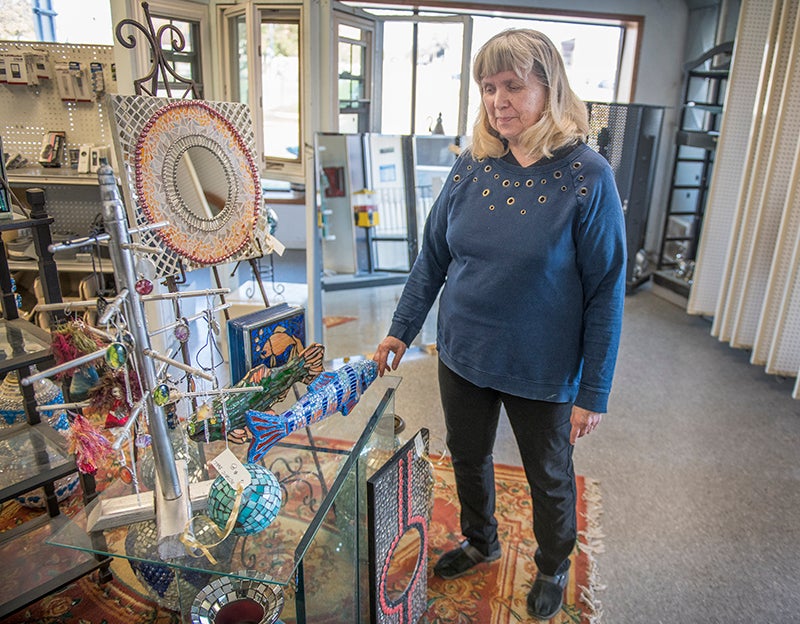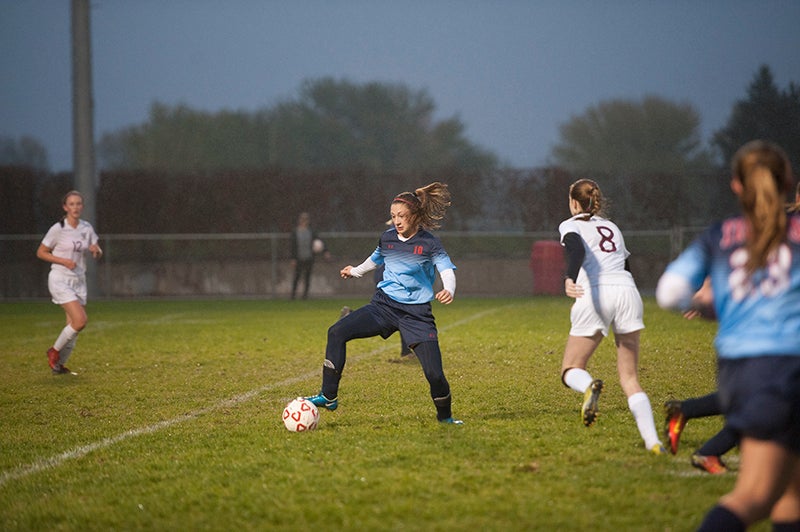Blaze orange is a fashionable fall color
Published 1:28 pm Saturday, October 8, 2011
Here we are in the heart of fall hunting season and the season for waterfowl, grouse, gray partridge, rabbit and squirrel are now open along with the archery season for deer.
Pheasant season opens on Saturday and runs until Jan. 1. One of the more important things to keep in mind is that when you are hunting any of the upland game birds you must wear blaze orange — it’s the law and just a matter of self preservation.
A fellow that I once worked with quite a few years ago was an avid bow hunter but not always on top of his game when it came to the common sense part. On the opening weekend of slug season in our area, he ventured out bow hunting in his camouflage pants and jacket but no blaze orange. Evidently he liked the challenge of sneaking up on the deer while dodging bullets. Luckily for him he never got shot at, but all the same it wasn’t a good decision. Whenever you are hunting it is important to not only practice gun safety but also wear the proper colored clothing and use common sense.
The pheasant hunting season is close at hand and from the Department of Natural Resources’ reports that I have heard, and also from my own observations, there are not as many pheasants around the area this year. A severe winter followed by a wet spring contributed to a significant decline in the state’s pheasant counts.
According to the DNR, the pheasant population index declined 64 percent from 2010 and is 71 percent below the 10-year average.
Contributing factors include:
- A second consecutive severe winter, resulting in hen counts 72 percent below the 10-year average.
- Cold, wet weather during the April through June nesting period, resulting in brood counts 75 percent below the 10-year average.
- Loss of nearly 120,000 acres of grass habitat enrolled in farm programs such as the Conservation Reserve Program since 2007.
Severe winters combined with cold, wet springs are doubly hard on pheasant populations. That’s because fewer hens survive the winter and those that do are less successful in producing broods.
Pheasant hunters are expected to harvest about 250,000 roosters this fall, the lowest harvest since 1997. This compares to harvests that have exceeded 500,000 roosters five of the past eight years. The 500,000 bird harvests correspond with a string of mild winters and high CRP enrollment.
“We expect hunters to harvest a similar number of birds in 2011 as they did in 2001, which was another year with a severe winter followed by a cold, wet spring,” said Kurt Haroldson, a wildlife biologist for the DNR’s Farmland Wildlife Population and Research Group in Madelia. Haroldson noted survey results indicated an unusually low ratio of hens to roosters.
Minnesota is not the only state to see pheasant index declines. Wildlife officials in South Dakota reported a 46 percent population index decline. North Dakota’s spring population survey showed a decline, too.
The pheasant population estimate is part of the DNR’s annual roadside wildlife survey. The survey summarizes roadside counts of pheasants, gray (Hungarian) partridge, cottontail rabbits, white-tailed jackrabbits and other wildlife observed in the early morning hours during the first half of August throughout the farmland region of Minnesota.
To help offset continued habitat losses caused by reductions in conservation set-aside acreage; DNR has accelerated acquisition of wildlife management areas in the farmland region of Minnesota. DNR also supports habitat conservation on private lands by working with a variety of partners in the Farm Bill Assistance Partnership and Working Lands Initiative. Also, nearly 10,000 acres of private property will be open to public hunting through the state’s new Walk-In Access program.
The August roadside survey, which began in the late 1940s, was standardized in 1955. DNR conservation officers and wildlife managers in the farmland region of Minnesota conduct the survey during the first half of August. This year’s survey consisted of 166 routes, each 25 miles long, with 148 routes located in the ring-necked pheasant range.
The fall colors in our area are going to be peaking in the next week or two so if you enjoy Minnesota in the fall this is a great time to get out and take it all in. The northern third of the state is at or past peak right now but the southern part is going to be beautiful for the next week or so. On another note the perch fishing in Geneva Lake has been phenomenal for at least the past month. The majority of the fish were being caught in the narrows of the lake. If it is sunnies and bluegills you are seeking then Fountain Lake is the place to go. Nice sized fish are being caught close to shore almost anywhere you care to wet a line. This is indeed a good fall bite if panfish and perch will satisfy your craving for fish.
I have always said that if a person wants fish then you need to fish for what’s biting. In recent years I have learned not to be too locked in on one species. It can be a waste of valuable fishing time seeking “lock jawed” fish when a different species is more than willing to bite your hook. Any way you look at it the weather that we have been experiencing makes spending time on a lake or soaking a bobber from shore just that much more enjoyable.
Until next time enjoy some fishing on a beautiful fall day and make a fashion statement by wearing blaze orange while hunting in our great Minnesota outdoors.
Please remember to keep our troops in your thoughts and prayers during the coming year. They are the reason we are able to enjoy all the freedoms that we have today.
Dick Herfindahl’s column appears each Sunday in the Tribune.




